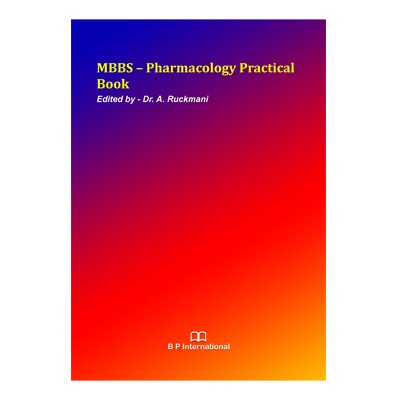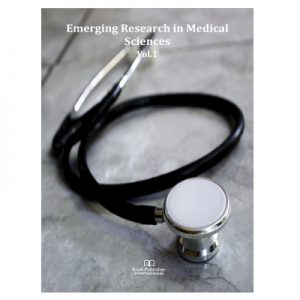In both the institutional & individual health care delivery, the two important tasks of a physician are, first, the diagnosis and next, the treatment. The treatment can be any of the following three choices, non-pharmacological, pharmacological (medical) and surgical. The medical treatment involves mainly prescription of drugs. Without a sound knowledge of drugs, a physician cannot rationally prescribe drugs. Moreover, the physician has to choose the drugs from among the innumerable drugs available in the market.
The learning of pharmacology involves, development of knowledge and skill leading to an attitudinal change in a medical student that leads to delivering rational medical care to the patients. The exercises designed in practical pharmacology in the new CBME curriculum aim to develop the skills in selecting and using the different drug formulations in the right dosage, and in right combination for the right patient through rational prescriptions. The exercises also train the students how to administer drugs, effectively communicate to the patient and public regarding drug use and contribute to the pharmacovigilance program of India.
There are 28 pharmacology practical exercises categorized under Clinical pharmacy (CP), Clinical pharmacology (CPH), Experimental pharmacology (EPH) and Communication (C) to acquire the 21 competencies defined in the CBME syllabus. Among these competencies the students have to get certified in acquiring 4 competencies in clinical pharmacology. These competencies include acquiring skills to write a rational prescription, critically evaluate a written prescription as well as the drug promotional literature and contribute to pharmacovigilance program.
Taking into consideration the above requirements necessary exercises for identification and evaluation of the drug formulations, drug administration through different routes using mannequins, calculation of drug dosage in different age groups and selected disease states, clinical problem-solving exercises, prescription writing, prescription audit, pharmacoeconomic and pharmacovigilance exercises have been introduced.
We wish the readers a happy and useful learning.





